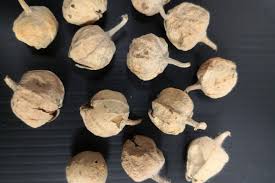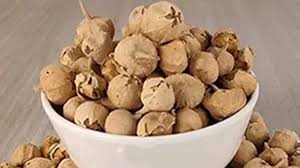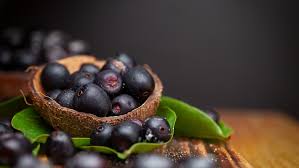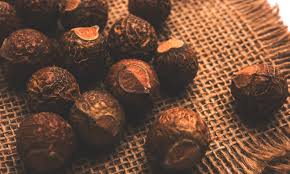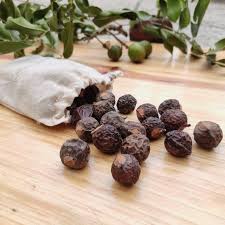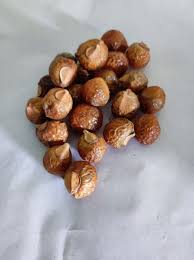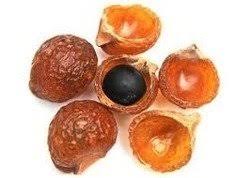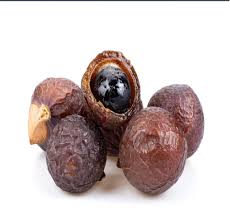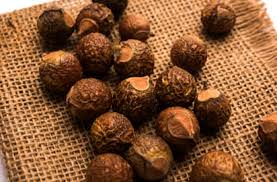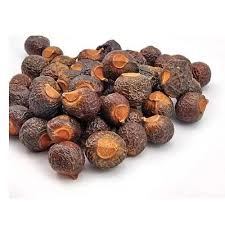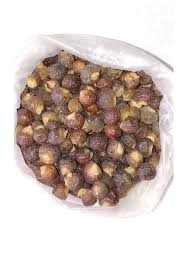
Paneer Phool in Indian Folk Medicine Traditions
For centuries, traditional herbal knowledge has been passed down through generations in India—not only through formal Ayurveda and Siddha systems but also through folk medicine traditions practiced by village elders, tribal healers, and local vaidyas. One such healing gem from the heart of Indian folk medicine is Paneer Phool (also known as Paneer Dodi, Indian Rennet, or Withania coagulans).
Paneer Phool is renowned for its use in managing diabetes, digestive issues, liver disorders, and general fatigue. Unlike herbs known only through formal scripts, Paneer Phool has thrived within oral traditions, where its uses are taught in community knowledge systems, rituals, and natural living practices.
In this article, curated for Dirghaanshi readers, we’ll explore how Paneer Phool is deeply rooted in Indian folk medicine across regions. You’ll learn about its diverse applications, community-based preparation techniques, and its significance in India’s rural healing heritage.
🪴 Long Description
🔎 What is Paneer Phool?
Botanical name: Withania coagulans
Family: Solanaceae
Common names: Paneer Dodi, Paneer Phool, Doodhi Phool, Indian Rennet, Rishyagandha
Part used: Dried berries or flower-like fruits
While Ayurvedic texts mention Paneer Phool as Rishyagandha, it gained its practical fame through folk healers in rural and tribal belts, especially for its ability to control high blood sugar and detoxify the liver.
📜 Historical Roots in Indian Folk Healing
Unlike structured Ayurvedic texts, folk medicine is a living tradition. It evolves through:
Local plant identification
Storytelling and oral transmission
Rituals and seasonal practices
Observational healing
Paneer Phool has been used in this manner for centuries—where grandmothers, local herbalists, and tribal healers would pass the knowledge of its use from one generation to the next.
🌍 Regional Folk Practices Using Paneer Phool
🏜️ Rajasthan
In dry regions like Barmer and Jaisalmer, village elders soak 8–10 dried Paneer Phool berries overnight. The water is consumed on an empty stomach to control Madhumeh (diabetes). This practice is part of daily rituals during summer months when the body needs detoxification.
🌾 Madhya Pradesh
In areas like Mandla and Balaghat, Baiga tribes use Paneer Dodi to cleanse the liver and boost energy. It’s also a post-illness recovery herb. Children recovering from viral fevers are often given a mild Paneer Phool tea for faster recovery and strength building.
🌱 Gujarat
Among the rural Kathiawadi and tribal Dang communities, Paneer Phool is blended with ajwain (carom seeds) and jeera (cumin) to treat digestive problems, especially in monsoon season. It’s also used to ease bloating and flatulence after heavy meals.
🌴 Tamil Nadu and Kerala
In southern folk traditions, it’s used more for its milk-curdling and anti-bacterial properties. The paste of Paneer Phool is applied on skin infections and boils. It’s also part of women’s uterine tonics used post-childbirth to reduce inflammation.
🌿 Himachal Pradesh and Uttarakhand
Here, it’s believed to help with cold-related fatigue and is used in tea decoctions. Paneer Phool is added to winter herbal blends to keep the body warm and strong during harsh temperatures.
🧪 Key Folk Uses of Paneer Phool
1️⃣ Blood Sugar Control
Most widely used purpose. Soaking 7–10 berries overnight and drinking the water is a common folk remedy. Many villagers swear by its ability to keep their sugar levels controlled naturally.
2️⃣ Liver Cleansing
Folk healers recommend Paneer Phool tea for people with:
Yellowish skin (suspected jaundice)
Overeating of oily foods
Regular alcohol intake
Fatigue and heaviness in the body
3️⃣ Fever and Weakness Recovery
In rural parts, Paneer Phool is given during or after fever episodes (especially typhoid and viral) to restore strength, increase appetite, and reduce liver swelling.
4️⃣ Skin Boils and Ulcers
In some areas, villagers grind dried Paneer Dodi with turmeric and water to apply on:
Skin boils
Insect bites
Swollen wounds
This helps reduce inflammation and promote healing.
5️⃣ Women’s Health Tonic
Paneer Phool is sometimes added to post-natal herbal blends to:
Support uterine cleansing
Reduce internal swelling
Promote lactation (in combination with other herbs)
6️⃣ Immunity and Energy
In many regions, Paneer Phool is believed to build general immunity, especially for people recovering from long illness or hard labor. It’s sometimes included in energy kadhas with Tulsi, Methi, and Ginger.
🧪 Why Folk Uses Work — Backed by Science
Modern phytochemical analysis of Paneer Phool shows it contains:
Withanolides – anti-inflammatory, adaptogenic
Alkaloids – reduce stress and improve metabolism
Flavonoids – antioxidant-rich, liver protective
Saponins and glycosides – help regulate glucose levels
This scientific confirmation supports centuries of observational healing by India’s folk communities.
🧴 How Folk Medicine Prepares Paneer Phool Remedies
🔸 Soaking Method
Most common method: Soak 7–10 dried berries in water overnight. Drink filtered water on an empty stomach. Used for diabetes, detox, energy.
🔸 Herbal Decoction (Kadha)
Boil Paneer Phool with herbs like Tulsi, Ginger, Kalmegh. Strain and drink twice daily for liver support and fever.
🔸 Topical Application
Make a paste of dried Paneer Phool + turmeric + neem leaf powder. Apply on infected skin or wounds.
🔸 Folk Tonic Blend
Paneer Dodi powder + Methi seed powder + Amla powder – Taken with warm water for energy and stamina.
⚠️ Precautions in Folk Usage
Although widely used, modern precautions should be observed:
Always source from clean, chemical-free areas
Use in moderation (5–10 berries/day)
Not recommended for pregnant women or infants without supervision
Avoid if you are on insulin or blood sugar medications without doctor’s advice
If using for the first time, test with a smaller dose
🧘♀️ Dirghaanshi’s Role in Reviving Folk Herbal Wisdom
At Dirghaanshi, we believe in bringing back the lost legacy of traditional Indian herbs. Our mission is to:
Source pure, wild-harvested Paneer Phool from trusted tribal regions
Provide clean, lab-tested, pesticide-free herbs
Educate customers with cultural, scientific, and folk context
Help people use Jadi Buti as a lifestyle, not just a supplement
When you choose Dirghaanshi’s herbs, you’re not just buying a product—you’re reviving an age-old healing culture.
🧾 Conclusion
Paneer Phool in Indian folk medicine traditions is a shining example of how nature and community wisdom come together. Long before science validated it, people across villages, hills, forests, and plains trusted Paneer Dodi for healing. Whether it’s diabetes, liver support, energy restoration, or skin care—Paneer Phool has touched lives quietly, effectively, and holistically.
As we embrace modern wellness trends, we must not forget the roots of our healing systems. By learning from folk traditions, we get access to time-tested, accessible, and natural remedies that work in harmony with our bodies.
Dirghaanshi invites you to rediscover and use these ancient practices—not just for healing, but for reconnecting with the wisdom of our ancestors.


